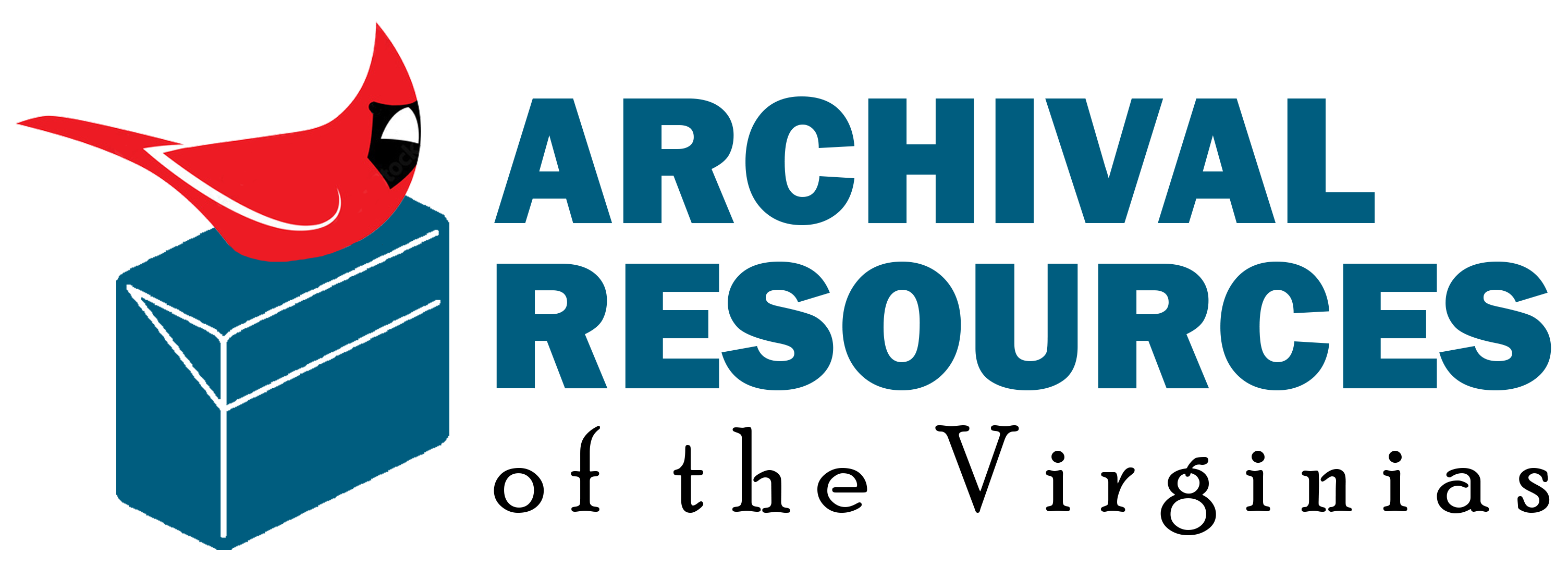![[logo]](http://ead.lib.virginia.edu/vivaead/logos/uva-sc.jpg)
Albert and Shirley Small Special Collections Library
Albert and Shirley Small Special Collections LibraryP.O. Box 400110
University of Virginia
Charlottesville, Virginia 22904-4110
URL: https://small.library.virginia.edu/
Ellen Welch
Administrative Information
Conditions Governing Access
This collection is open for research.
Preferred Citation
MSS 16532, B. H. Winston University of Virginia report card, Small Special Collections Library at the University of Virginia.
Immediate Source of Acquisition
This collection was purchased from Read Em Again by the Small Special Collections Library at the University of Virginia on November 9, 2020.
Biographical / Historical
William B. Rogers, the first President of the Massachusetts Institute of Technology and third President of the National Academy of Science, was a graduate of the College of William and Mary, where he later served as a professor of chemistry and natural philosophy. He left his position to join his brother, the state geologist of Pennsylvania to complete two important investigations of Appalachian geology and coal that paved the way for the Industrial Revolution in the United States. Subsequently, he accepted a professorship at the the University of Virginia where he added geology and mineralology to the curriculum. He left Charlottesvlle in 1853 for Boston where he found support for establishing a college level institution dedicated to scientific research and technical education. When his plan came to fruition, he was appointed to be the first president of MIT.
Students were not generally evaluated in American colleges until 1785 when Yale began classifying members of its senior class aa Optimi, second Optimi, Inferiores, and Pejores. However, students were not notified of their ranking to prevent competition between them. William & Mary and Harvard soon followed, developing grading systems of their own. In 1824, the University of Virginia began requiring its Chairman of the Faculty to send report to parents, not so much to provide an assessment of their learning, but to ensure parents knew whether their students were attending classes and completed required readings. For more information, see Bruce's "History of The University of Virginia" and "History of the College Grading Scale" at gradehub.com.
Subjects and Indexing Terms
- Student life
- University of Virginia -- Alumni
